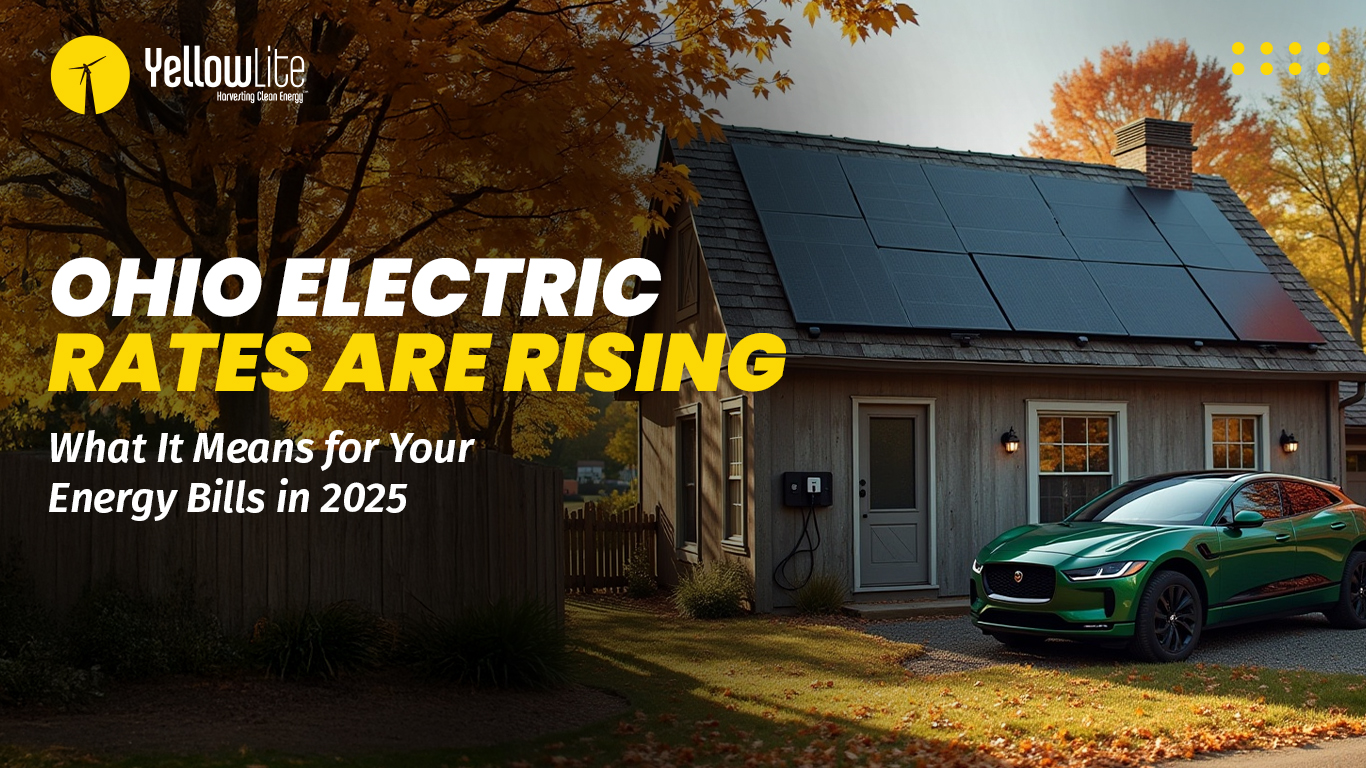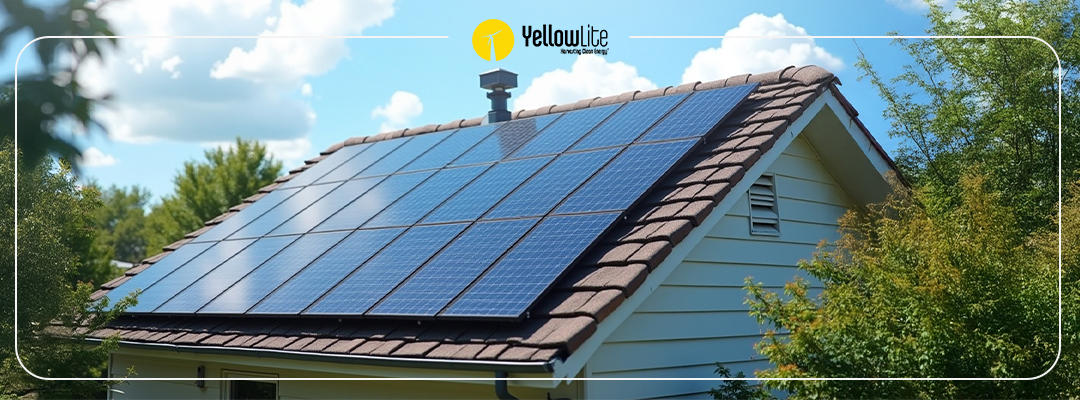Ford’s Solar Powered Car Charts a New Path for Renewables
By: Michael P, Blogger , Yellowlite, Inc.
In terms of green car development, 2013 was a very good year for the auto industry and the United States as a whole. Ford, the best-selling U.S. brand, was beating Toyota in sales of plug-in electric vehicles for the entire year in 2013 – in November, Ford outsold both Toyota and Tesla – but the unveiling of a Ford solar-powered electric vehicle in 2014 was even more newsworthy.
The Ford C-Max Solar Energi debuted as a concept vehicle early in 2014. Upon its release, it was easy to see how solar power connects to electric vehicle usage – and how both advances in clean energy can impact the renewable industry in a big way.
Solar: The Cleanest Way to Power Electric Vehicles
One knock on the electric vehicle (EV) movement has revolved around the power source providing electricity for cars. If you use electricity exclusively generated by coal-fired plants to charge an EV’s batteries, the benefits to the environment are minor. When natural gas plants supply the electricity, the benefits to the environment become more significant. Powering a car’s batteries with solar energy creates an entirely renewable, zero-impact way to drive an automobile. It is by far the best system and the cleanest way to proceed.
Instead of zero emissions during the driving process yet considerable emissions during the process of electricity generation, concept cars like the Ford C-Max Solar Energi present an entirely clean way to run a car. Since most drivers take trips lasting fewer than 21 miles (the maximum all-electric range of the Solar Energi), this solar car could feasibly make 75% of a family’s driving amount to zero tailpipe emissions and zero impact on the environment. Now that’s progress.
Why Haven’t EVs Gone Solar Already?
Private sector companies have been involved in the arduous process of improving the magnifying power of solar panels while bringing the cost of the materials down. For years, it took solar panels covering the entire span of a home’s roof to provide energy to power appliances and other electrical needs. In the case of the solar cells on the roof of the C-Max, special materials were implemented by a team from Georgia Tech to get a new level of output from the panels.
As a result, the energy needed to power a car over 21 miles has become available in the new solar concept car. This clean energy source has the potential to revolutionize the auto industry as well as the energy industry as a whole. If renewables could power cars in place of electricity, the path to true sustainability would be charted.
Solar Power at Home and on the Road
According to Ford, testing is underway to see if the technology is feasible for mass production of its solar car. Meanwhile, testing continues to make entire homes more efficient with everything from solar panels on a house to electric vehicles in the driveway. Honda has drawn up perhaps the most impressive blueprint for powering residential energy needs as well as vehicles developing a “smart” solar-powered home in California. In fact, Honda’s engineers estimate the home will create an impact of “less than zero” by sending excess energy back into the local grid.
Higher power yields for new solar panels are arriving as the cost of materials continues to drop. Homeowners in Cleveland and neighboring communities may not be able to develop a home with a sub-zero carbon footprint yet, but clean energy can save you money on energy bills and deliver major green benefits at lower prices than ever before. If you’d like to get started, find out about the 7% returns and financing options when getting solar panels for your home on today’s market just call us at 216-333-1364 or visit our website.
Learn more about Solar Power and YellowLite on our YouTube channel.



